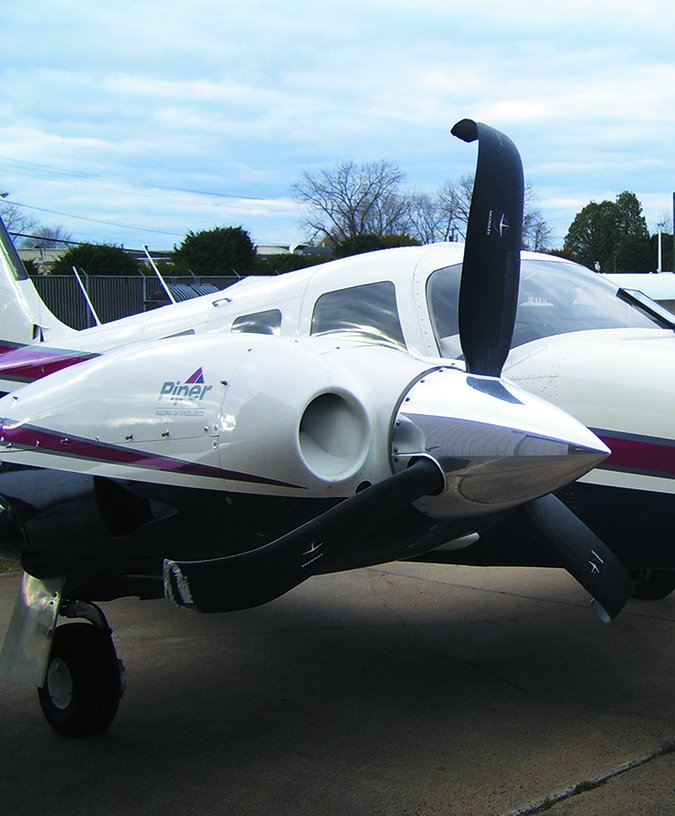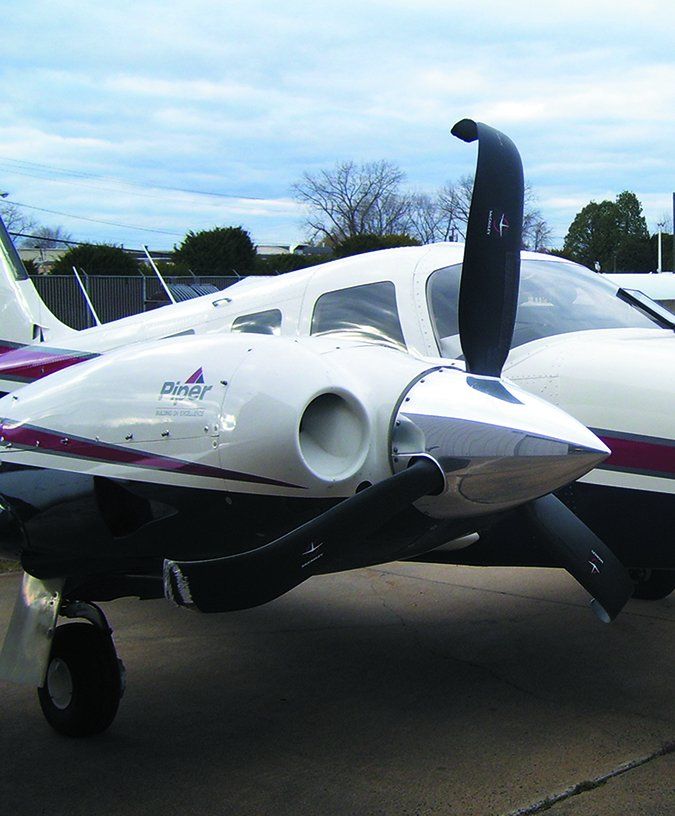More on Ferry Permits
The November 2016 article in Aviation Consumer on ferry permits was right on! In my 44 years working in the engine business, I dealt with numerous different FSDOs and GADOs. Each had its own set of rules governing ferry permits, and within each office there were different interpretations of the rules, depending on the inspector.
Early on, it was simple and few if any questions were asked. But, some offices would not issue permits, while others would. It becomes a big deal not being able to ferry if the aircraft is stuck out in the boondocks away from practical maintenance. The most recent and biggest headache came a few years ago when the Miami, Florida, FSDO changed the jurisdiction for the Bahamas to an international office. For a while, it stopped issuing permits to move the aircraft out of the Bahamas.
As for flying the aircraft after a prop strike, in my involvement with somewhere north of 1000 prop strikes, I recall only one failure 21 hours after the strike. One Cessna 185 came close to losing the prop 14 hours after the prop strike.
A Beech Baron that had a brake failure and ran off the runway and onto the beach on St. Barths Island. The pilot beat the props with a hammer thinking he was going to straighten the tips that were bent 90 degrees. I cut about 3.5 inches off the three tips, dressed them out and painted the tips, but the French government wouldn’t let it fly without a ferry permit.
A local pilot going to San Juan, Puerto Rico, took my handwritten note describing the repair and its authorities gave us a ferry permit to fly from St. Barths to Sensenich Propeller Service in Lancaster, Pennsylvania. I watched the departure with crossed fingers. The pilot said it was perfectly smooth, but he had to reduce manifold on one engine by 2 inches to keep it flying straight.
Charlie Melot
via email

Charlie Melot has seen it all while running Zephyr Aircraft Engines in Zephyrhills, Florida. He recently sold the business to a longtime employee and says the operation will continue just as it has for the last 44 years.
NavWorx ADS-B
I read with interest your report on the NavWorx ADS-B AD in the January 2017 issue because I have a system I planned to install in my Van’s RV kit. Does the FAA enforcement have jurisdiction over experimentals?
Peter Livingston
via email
That’s a good point that was just filed via official comments to the FAA by both AOPA and EAA. Aside from asking the FAA to provide more information about the ADS-B system’s reported deficiencies, the groups also question why the AD applies to units installed in both certified and experimental aircraft.
Logically, it’s argued that an airworthiness directive is not appropriate for a part that was never intended for installation in a type-certificated aircraft. EAA asked the FAA to withdraw the AD for the ADS600-EXP (the system you likely have for your RV) and communicate safety concerns through non-regulatory special airworthiness information bulletins (SAIBs) or safety alerts for operators (SAFOs), which is the usual procedure.
We’ll keep reporting on the issue, which takes a new twist every few weeks.
Terrestrial Radios
Do you guys know if anyone makes an AM/FM stereo radio that is approved for installation in certified aircraft? I can’t seem to find any.
Jeff Faught
Bismarck, North Dakota
There are two models that we know of. There is the Avionics Innovations AICD-III, which has an AM/FM stereo tuner, a CD/MP3/WMA player, digital tuning and display, plus it can connect to a SiriusXM satellite receiver.
It weighs 3.5 pounds, operates on 11 to 33 volts DC and is FAA and PMA approved. You can find a used system for roughly $900 or less.
If you want an old-school radio—complete with analog mechanical tuning and a cassette deck—we spotted an Avionics West EC-100 on eBay for $50. Rock on.
Budget EFIS Deal Breaker
I enjoyed your thorough review of the Dynon D10A and Garmin G5 low-cost EFIS displays in the January 2017 issue of Aviation Consumer. It sounds like we’re finally seeing progress on FAA regulation reform that should have come years ago. But, are we really there yet? As you pointed out in the article, you still need to retain backup instruments, plus they won’t drive an autopilot.
I was ready to go with the Garmin G5 for my Mooney, but it would mean keeping my ancient KI256 flight director gyro to drive the KFC150 autopilot. That’s a huge limitation and deal breaker for me—as I suspect it will be for others, too.


